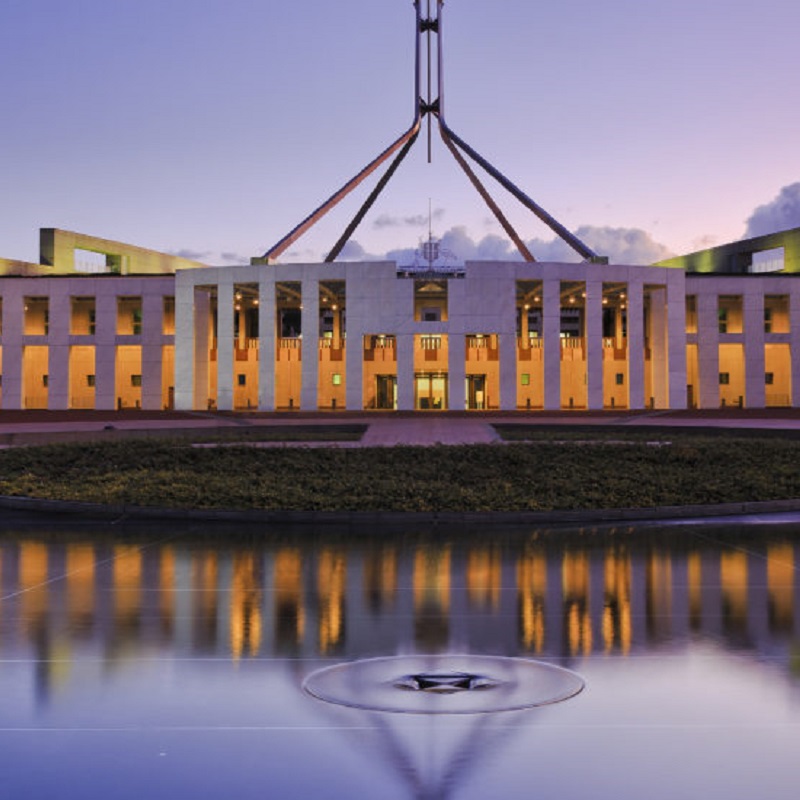
When it comes to connectivity, every organisation and government department has different needs. Likewise, every provider offers different services and solutions. This can make procurement processes harder, due to not being able to compare apples to apples.
Government departments can find it especially difficult to identify the right connectivity partner. This is a result of having much greater support and project management requirements along with rigid, and often short, timeframes. And whilst government departments work hard to follow clearly defined selection methods, they also have an added challenge of needing to adapt to changes in policy direction.
“Typically, our government customers have quite different requirements to corporate organisations. You can’t offer a standardised solution and expect them to adapt to it, it just doesn’t work like that. Government customers need flexibility and a provider who understands how they operate,” says Ray La Peyre, Business Development Manager – Government, at Orion Satellite Systems.
With the government actively increasing infrastructure in regional and rural Australia, there is a regular and crucial need for reliable connectivity.
The questions you should be asking
According to Ray, there are questions that government project officers and CIOs should ask to separate the good from the bad during procurement. These include:
- Do you have to commit to a 12-month plan?
- Has the provider asked you about your bandwidth requirements?
- Does the provider own the solution and technology (e.g. the satellite) or are they reselling a third-party service? If the latter, how does this affect response and support times?
- Is the service offered dedicated or shared? If shared, do you know how many businesses you will be contending with and how will this affect your bandwidth availability?
- What support is offered? Can they provide 24×7 support and will the person who answers the phone be the person who can help you?
“By drilling down into a solution, it can be easier to identify who will provide a better service. For example, Orion is an owner operator which means we own our satellite. This means our response and support times are quick because issues are resolved internally with no need to involve a third party,” notes Ray.
Common pitfalls to avoid
As with any service, connectivity providers can sometimes use misleading language. Ray, who has more than a decade of experience working with government in terrestrial and satellite connectivity, notes there are four common pitfalls to avoid:
- Unlimited doesn’t always mean unlimited
If you buy a limited plan that you go over, charges can become very high and be well beyond your budget. If you are on a shared service, your ‘unlimited’ service can be affected by the usage of the other organisations.
- Understand your bandwidth and how it will change
Avoid under-scoping your connection with plans that focus solely on speed of connection. Consider how your bandwidth requirements might change over the course of a project and relay this clearly.
- Don’t pay for peak usage across the full project
Confirm scalability options with your provider from the get-go. If you are unsure, start with a smaller plan and scale it up as your needs grow. Avoid providers who ask you to commit to high bandwidth, long-term plans to ensure you have the bandwidth needed to cater to peaks. If they can’t scale, they are not the right fit for you!
- Ensure you have truly diverse redundancy
Even if you purchase a primary connection and a redundant network from separate providers, there is no guarantee that they are truly diverse. It is important to understand the underlying infrastructure that the service runs over. This should be a given but it’s worth checking, because if both your primary and secondary providers are using the same carrier to provide your service, when it goes down, so will your connection.
Orion understands government requirements
Orion’s commitment to meeting the needs of government customers runs deep. Aside from sitting on various panels, Orion’s innovation-focused engineers are constantly working to identify technology that enables a truly flexible experience.
“Orion have been working on providing Dynamic Bandwidth solutions for a while, a project which has been driven by our understanding of customer needs. This solution is set to become available in the next few months and will allow customers to shift their service into standby or activate burst capability in the event of needing a sudden increase in bandwidth,” says Ray.
Orion is one of only two infrastructure operators in Australia and New Zealand. This means we own the end-to-end infrastructure from the satellite to the earth station. From start to finish, every project we work on is delivered by Orion staff and products, resulting in a quick and seamless process.
To find out more about our solutions, and our experience working with government, contact Ray and the team at Orion today.